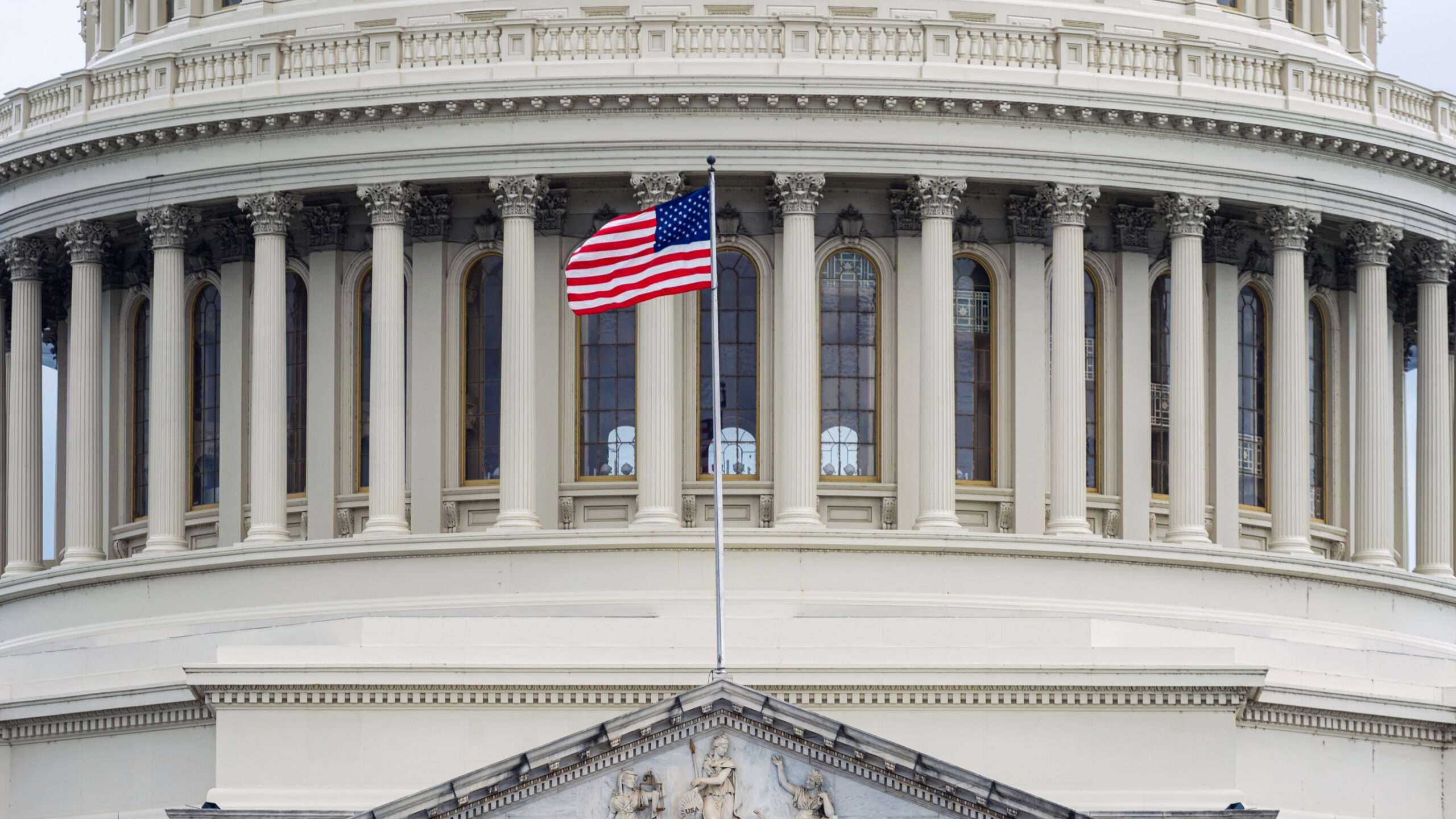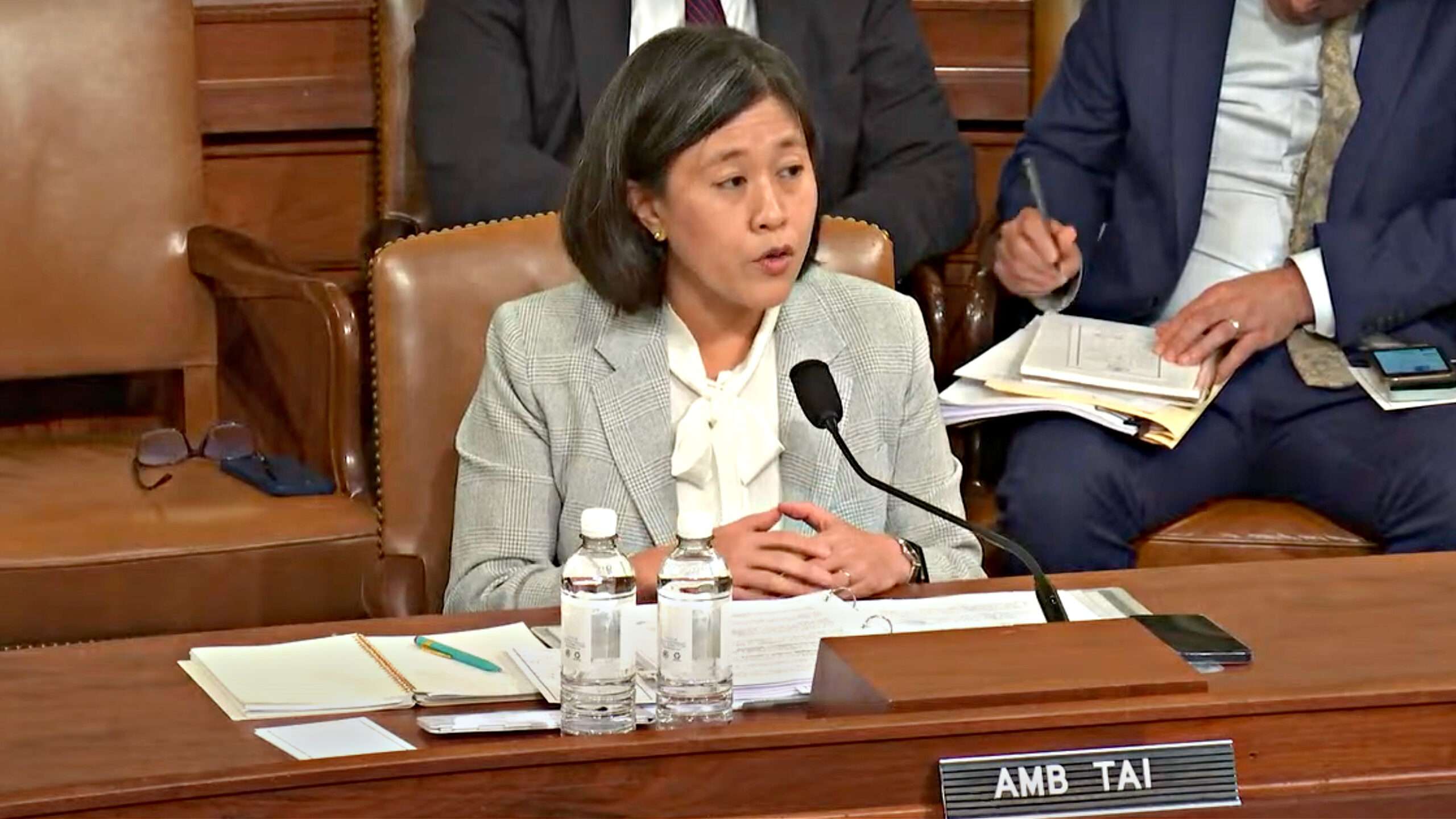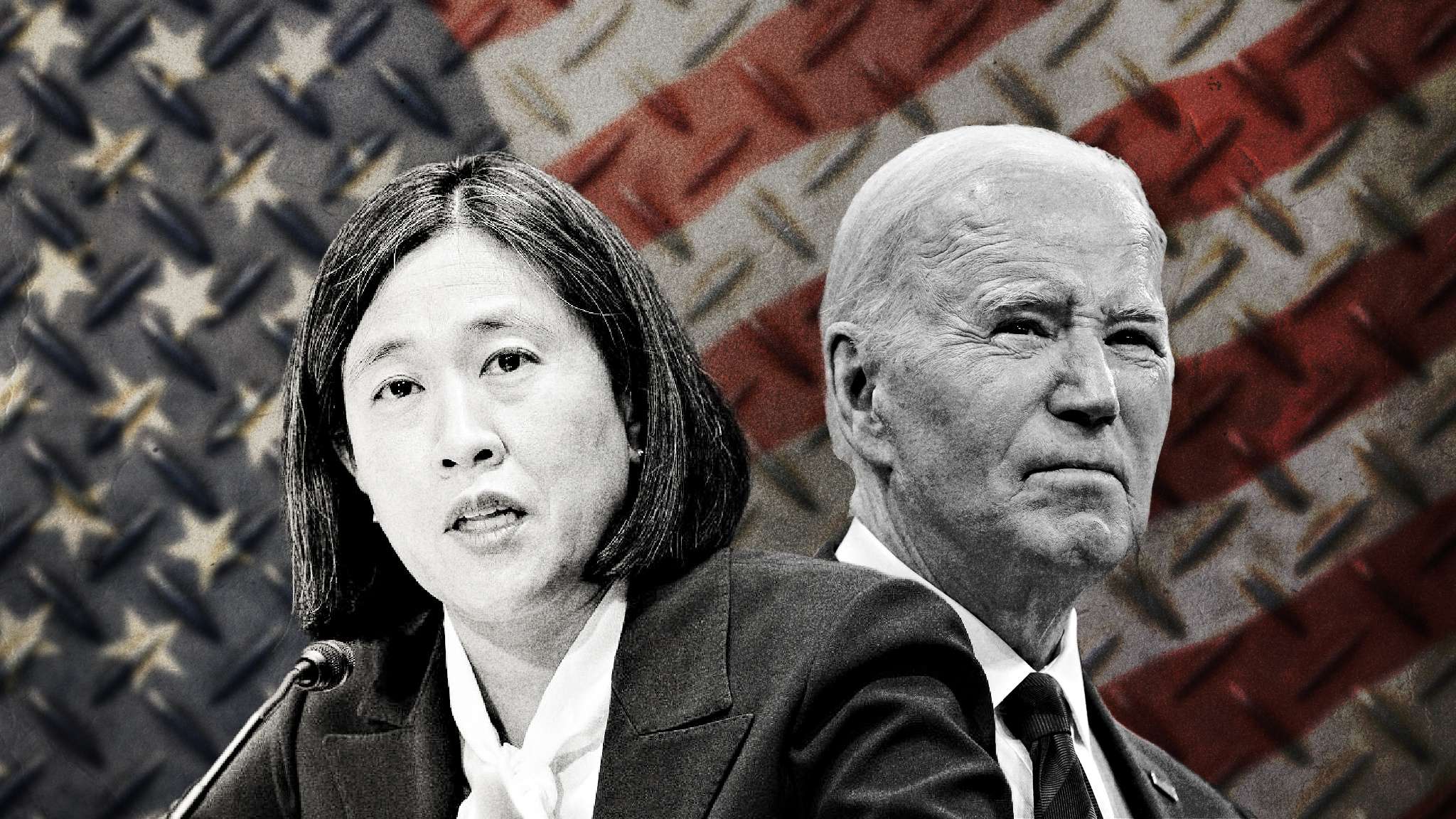A CPA member inquired as to whether in increase in the federal budget deficit causes increased trade deficits. This is called the Twin Deficits hypothesis. John R. Hansen, a CPA Advisory Board member and international economist, explains why there is little relationship between the two.
Your paper states, “After 1998, the Federal deficit is being driven by the trade deficit.” [1] This is a twist on the “Twin Deficit” hypothesis which states that Federal deficits drive trade deficits. However, it has become increasingly obvious that there is no consistent linkage between the two. This inconsistency is seen clearly in the following chart, which shows budget deficits and current account deficits as shares of GDP.

During most of the 1990s, the federal budget deficit was falling. In fact, for three years, the budget was in surplus. Nevertheless, during this same period, the current account deficit rose sharply, from near balance to about 4 percent of GDP – a virtually unprecedented external deficit for the United States up to that time.
During the first half of the 2000s, the current account and federal deficits generally moved in the same direction, but even here the pace of change was dramatically different between the two indicators, indicating a very weak correlation. Then, starting about 2006, the budget deficit exploded while the current account deficit dropped – directly contradicting the assumption that budget deficits drive trade deficits (or vice versa).
Looking back on this later period, for example, it is very obvious that the current account deficit was falling for two important reasons. First, the dollar had been depreciating since its peak around the end of the Tech Boom, and this was increasing the competitiveness of U.S. goods. Second, the U.S. Crash of 2008 caused some pullback in U.S. imports, further improving the external balance. And, the same Crash triggered an explosion of government expenditures designed to stimulate the economy and prevent a full-scale depression.

Exchange rates – the common causal factor
Despite the clear evidence shown above that federal and trade deficits show no particular correlation over time, I would nevertheless agree with you that trade balances and federal budget balances recently have tended to move in the same direction (Fig. 3), but would suggest that a third factor, the USD exchange rate, is actually the common causal factor.

If trade deficits drove federal deficits, or vice versa, we would expect to see movements in the two indicators that are parallel and in sync. As seen in the charts above, this simply is not the case. However, introducing the exchange rate as the key causal factor helps explain the why, over time as shown by your chart, the correlation between the two deficits is much larger.
A key reason why the correlation between trade and federal deficits is low on a year-by-year basis in large part is that the impact of exchange rate changes on each becomes apparent only over time, and the impacts on each deficit of exchange rate changes operates through different mechanisms with different speed and intensity.
Impact on Trade Deficits: On the trade side, a rising dollar is not likely to produce significantly increased trade deficits for at least two and perhaps four or more years. For example, a stronger dollar may make it cheaper to buy steel castings from abroad, but it may take a U.S. factory purchasing such castings several years before it discovers the lower prices for imported casting, gets out of its existing contracts with U.S. suppliers, works out design details with foreign suppliers, agrees on new contract arrangements, and begins receiving the imported castings that show up in the balance of payments.
Likewise, it may take the foreign supplier several years to determine which U.S. factories might be interested in switching suppliers and contact them, prove their credentials, work out design details, increase production capacity, and begin producing and shipping.[2]
Impact on Budget Deficits: The impacts of exchange rate changes on the federal deficit are, if anything, even more subject to lags of varying lengths, making correlation even harder to measure. You touch on some of these factors in your note. In broad outline, the lags between exchange rate changes, trade deficits and changes in the federal deficit can be summarized by the following diagram:

Comments on each of the ten links in the cycle of doom that links exchange rates to trade deficits and government deficits are available on my blog – see America’s Overvalued Dollar and the External Deficit Doom Loop. The stages of the doom loop most relevant to your paper are stages 6-9.
As businesses lose their ability to compete internationally due to the overvalued exchange rates, investments in productivity fall, output declines, sales decline, and factories start laying off workers or closing. This process creates existential crises both for businesses and for the families of workers.
Thus, the combination of failing factories and impoverished households creates pressure on the government to extend financial assistance – at precisely the time that revenues are falling because falling output and profits are shrinking the tax base.
And there you have it – increased federal deficits linked to the overvalued dollar and to trade deficits – but with so many factors operating simultaneously that it is virtually impossible to predict the federal deficit based on the trade deficit – or vice versa.
Again, I must stress that each of the explicit and implicit factors summarized in the External Deficit Doom Loop (EDDL) is important and will affect federal budget and external trade deficits. [3] Each of these factors – plus others such as trade cheating by countries like China – need to be addressed with appropriate policies. But I place the exchange rate in the #1 position for two reasons:
- Although the exchange rate cannot fix all problems at all stages of the EDDL, an appropriate exchange rate can be established that will prevent such problems from causing overall trade and budgetary deficits. More is needed to assure growth, but stopping the slide into a recessionary debt trap is Job #1.
- The exchange rate can be changed much more quickly, flexibly and accurately than most other factors. This is especially true for productivity growth, which is commonly recommended as the solution to U.S. trade and budgetary deficits.
Productivity growth is extremely important in the long run, but private sector investors are unlikely to make the necessary investments unless prospects for recovering costs with profits within a reasonable time are excellent. These conditions can rarely be met if an overvalued exchange rate penalizes domestic production and subsidizes foreign production.
Hence, as we agree, implementation of the MAC is a very high priority.
[1] Comments on Section 2 of Boros, Larry. 2017. Our Dangerous Failing Economy. Mentor, Ohio: Alamarra
[2] Similar lags slow the impact of a more competitive exchange rate on exports. It takes time to find new buyers, work out design details (except for commodity items), draw up new contracts, and being to produce and ship. In fact, one of the secrets to China’s export success has been its amazing ability to respond quickly to foreign demands for new custom-made products. The most famous example may be Steve Job’s last minute decision to ship the original iPhone with a screen made of “gorilla glass” rather than plastic. Thanks to China’s vast reservoir of well-trained engineers, talented workers who could be forced to work exceptionally long hours at very low wages, abundant state capital support, and excellent construction and manufacturing facilities, a company there was able to respond to Job’s demands in six weeks!
[3] The External Deficit Doom Loop could be expanded to cover the Savings-Investment = Exports-Imports identity. This could be done by adding 7a. to reflect both total gross domestic product and total gross domestic income, with domestic income split between government and after-tax private income. Then add 9a to 9 to show private as well as government savings out of income (i.e. the budget deficits of each sector). Then modify 10 to show total foreign borrowing (government plus private).













